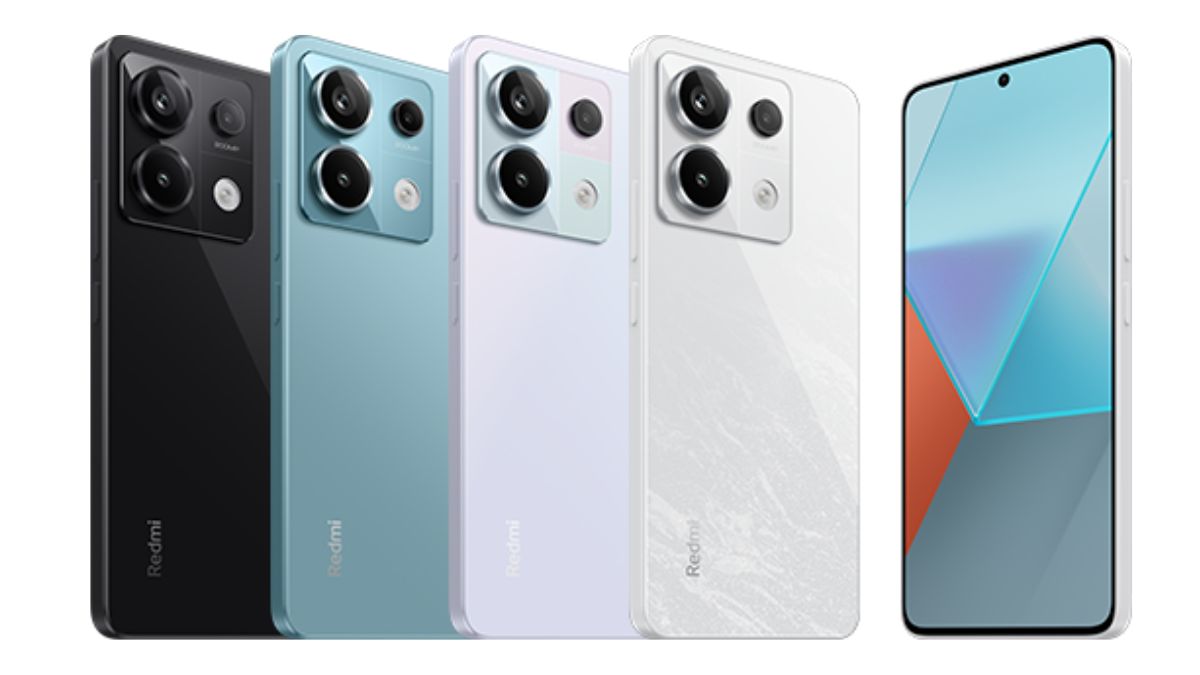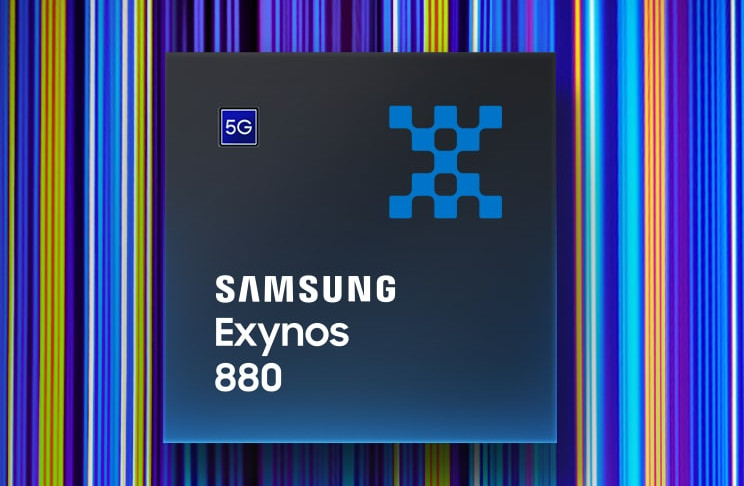Xiaomi has launched it’s highly anticipated Redmi Note 13 series in China today. This series succeeds this year’s Redmi Note 12 series and includes three devices: the Redmi Note 13, Redmi Note 13 Pro and the Redmi Note 13 Pro+. These devices are budget-friendly but still deliver impressive performance at affordable prices. Take a look at the detailed specifications below.
Specifications for Xiaomi Redmi Note 13 Pro and 13 Pro+:
Both Pro models share an identical design and have almost identical specifications. The rear side features a large square camera module housing a triple-camera setup and an LED flashlight.
On the front, both devices sport the same 6.67-inch 1.5K FHD+ AMOLED display with a fast 120Hz refresh rate and Corning Gorilla Glass Victus protection. The display supports 68 billion colors, HDR10+ and Dolby Vision and can reach up to 1800 nits of peak brightness in direct sunlight. At the top center of the display, there is a punch-hole cutout for the selfie camera and both devices feature an under-display fingerprint scanner, as expected for AMOLED displays.
The main difference between the two devices lies under the hood. The Redmi Note 13 Pro+ is powered by a MediaTek Dimensity 7200 Ultra SoC, paired with up to 16GB of RAM and up to 512GB of UFS 3.1 internal storage. It also includes a Mali-G610 MC4 GPU for handling graphics-intensive tasks.
On the other hand, the Redmi Note 13 Pro comes with a Qualcomm Snapdragon chipset, specifically the Snapdragon 7s Gen 2 SoC, fabricated on a 4nm process. It is the first device to be powered by the newly launched Snapdragon 7s Gen 2 chipset. It is paired with an Adreno 710 GPU for all graphics-related tasks and offers five storage configurations ranging from 8GB + 128GB to 16GB + 512GB. Both devices come with MIUI 14 on top of Android 13 out of the box.
Regarding the camera setup, both devices feature a similar triple rear camera system led by a 200MP main Samsung ISOCELL HP3 sensor with optical image stabilization. This primary sensor is accompanied by an 8MP ultra-wide lens and a 2MP macro sensor. For selfies, a 16MP lens is housed in the punch-hole cutout at the top center of the display.
Another difference between the two, aside from the SoC and storage configurations, is the battery capacity. The Redmi Note 13 Pro+ features a 5000mAh battery with support for 120W fast wired charging. Meanwhile, the Redmi Note 13 Pro boasts a slightly larger 5100mAh battery but with slightly slower 67W fast wired charging support.
Redmi Note 13 Specifications:
The standard Redmi Note 13 is the most affordable model among the three and comes with some downgrades compared to it’s Pro counterparts. The design of this device is similar, but it features a dual-camera setup on the rear side within the same large square camera module.
On the front, the Note 13 comes with a 6.67-inch AMOLED display supporting a 120Hz fast refresh rate. The display is protected by Corning Gorilla Glass 5 and can reach peak brightness of up to 1000 nits in bright conditions. It also includes a punch-hole cutout at the top center for the selfie camera and a side-mounted fingerprint scanner.
Under the hood, you will find the MediaTek Dimensity 6080 SoC, along with up to 12GB of RAM and up to 256GB of internal storage, without microSD card support. Like it’s Pro counterparts, it comes with MIUI 14 on top of Android 13 out of the box and features a 5000mAh battery with 33W fast wired charging support.
For photography, it offers a dual rear camera system led by a 100MP primary sensor paired with a 2MP depth sensor. For selfies, it features the same 16MP front camera found in its Pro siblings.
Other Trending News:- News







